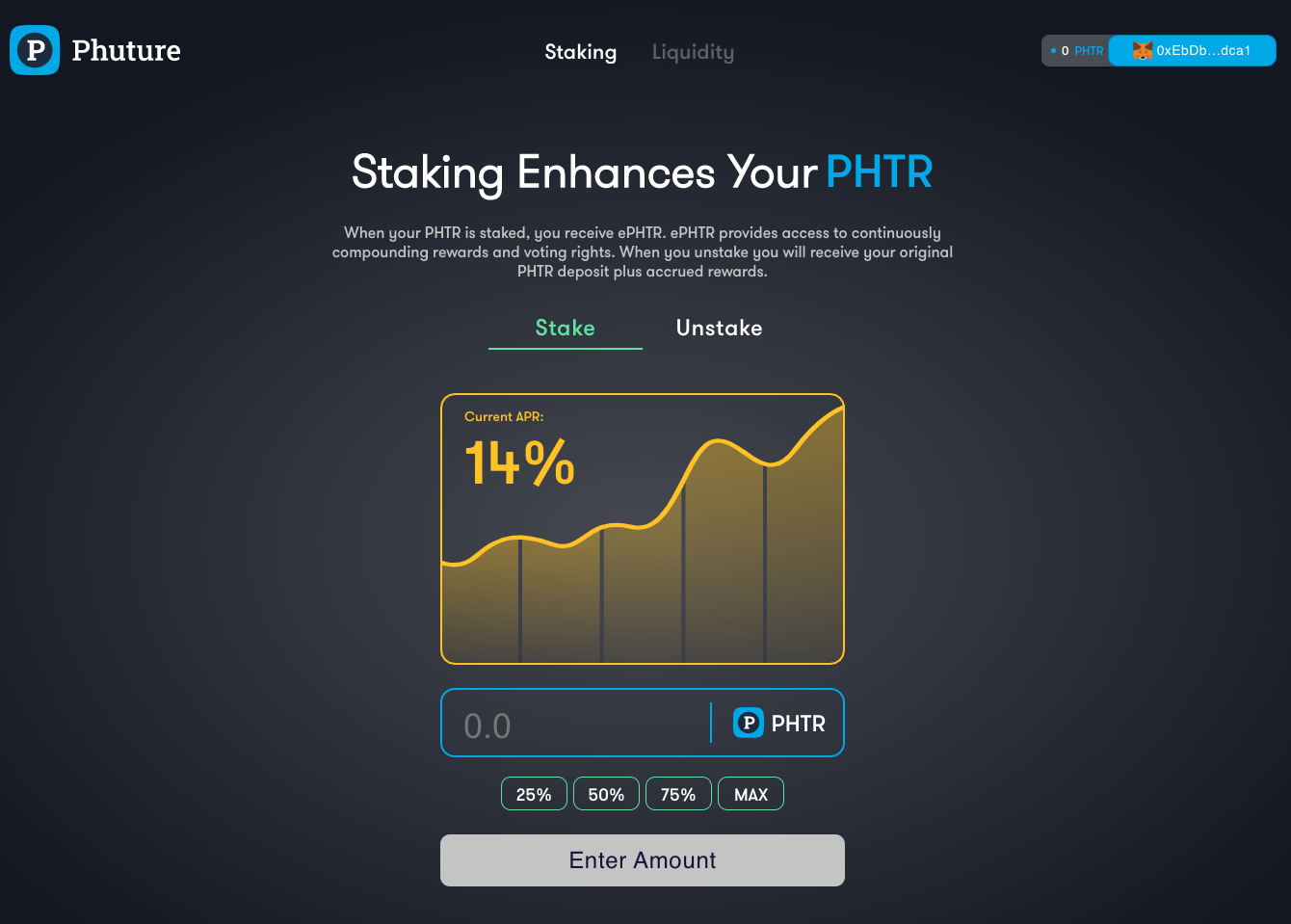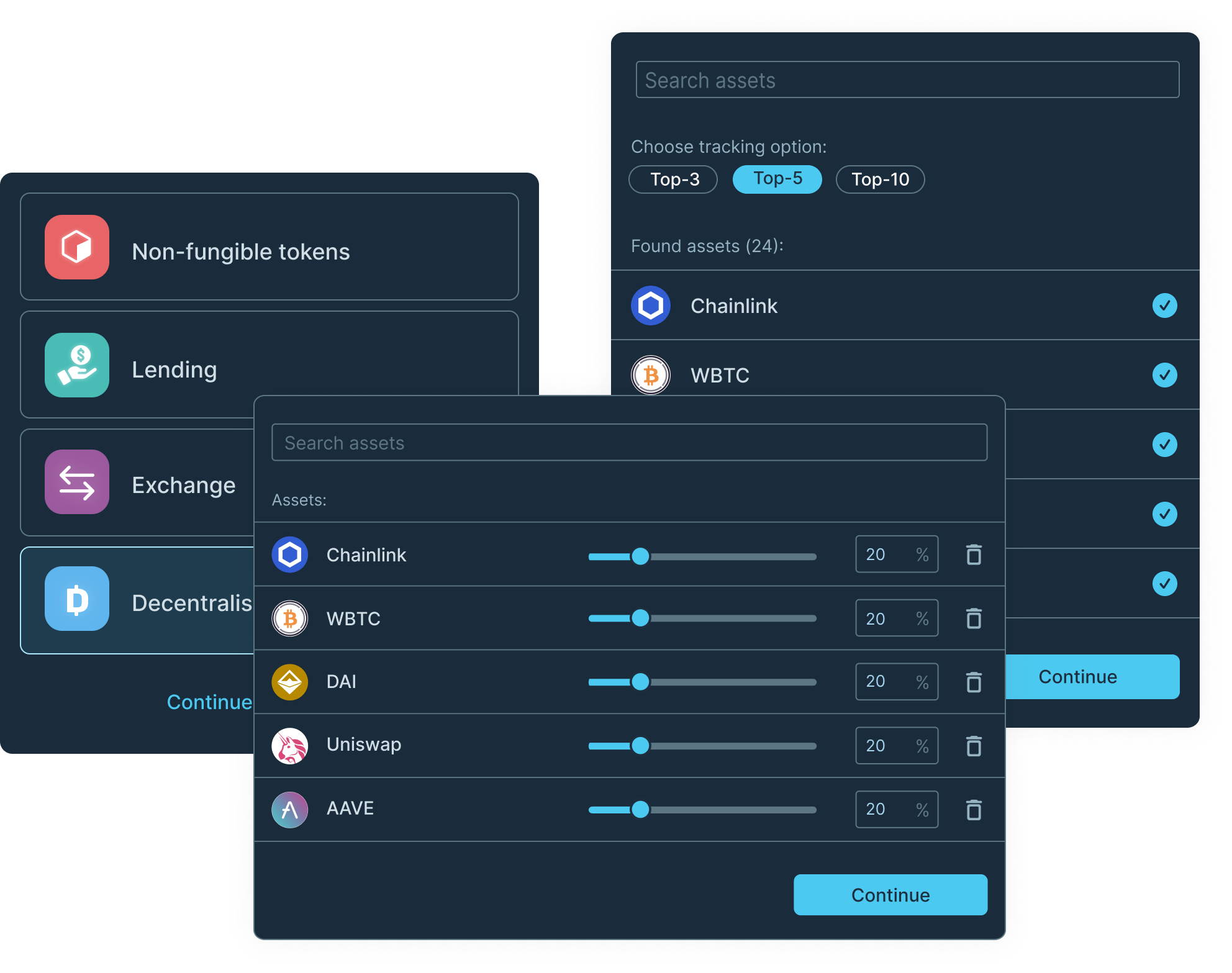Co-founder of Phuture, Oliver talks about the challenges of developing a rebalancing engine when you have to find equilibrium between cost and decentralized execution.
Disclosure: This article was sponsored by Phuture
Hello! What’s your background, and what are you working on?
My name is Oliver Mehr, and I am a co-founder and Head of Product at Phuture. Prior to Phuture, my background resided in venture capital, where I had been actively deploying capital into the blockchain ecosystem since 2016 with SVK Crypto, a London based venture firm. I worked on the investment team ferrying promising projects through our due diligence pipeline, onto an investment and assisting post investment.
To give a high-level summary for those unfamiliar with Phuture, it’s a platform that allows you to create and invest into baskets of crypto assets. Our two other founding members are Alex Melnichuk (Tech Lead) and Charles Storry (Head of Growth). Alongside actively developing Phuture for the last 18 months, we raised a seed round from some of the most forward-thinking DeFi investors and launched the second-fastest IDO on Polkastarter for the $PHTR token. During product development we have been focused on building an active community, via our DAO model which allocates capital to community members for executing valuable tasks for the ecosystem.

What’s Phuture backstory?
As a team we believe in building products for the marginal DeFi user to take advantage of the growing mainstream popularity of crypto. We achieve this through meticulous product design, product selection, branding, messaging and a forward-thinking underlying asset management architecture.
The idea behind indexing can be traced back to 1975, when John C. Bogle launched Vanguard. We foresee indices opening up crypto to more users than ever before. Looking at the traditional equity market, valued at $94 trillion, around 18% is held in passive index products. The Crypto market cap is approximately $2.7 trillion as of this writing, and we firmly believe it will increase by multiple folds over the next decade. Currently, index products hold just a tiny 1% of value in DeFi. As the market grows and matures, we’re confident that this figure will rapidly increase, thus enlarging the opportunity and market for an indexing platform, like Phuture, to scale into.
What went into building Phuture?
Over the course of our journey developing the Phuture protocol we have undergone several architectural shifts in order to get to the design we have today. The most significant change was made to the way the protocol sources liquidity. Our initial design relied on internal liquidity pools much like a Balancer pool in order to mint, redeem and rebalance indices. However, we eventually decided this was suboptimal for a platform that seeks mainstream adoption, since low market cap indices would have vastly worse minting and redemption experiences when compared to larger market cap products. Our goal was to create a seamless experience independent of index size and allow us to quickly tap into liquidity sources on whichever chain our contracts are deployed on. As a result, today the protocol sources all its liquidity requirements from external decentralised exchanges, providing a more consistent buying/selling experience, allowing us to tap into the ever expanding mindshare of the AMM space and passing these improvements onto our customers.
An upshot of utilising external liquidity is that the Phuture protocol interfaces closely with projects like Uniswap and Sushiswap as well as others like Yearn Finance and Keep3r network. We are grateful to all the contributors of these projects for enabling us to build atop of them.
A challenge we faced during development of our rebalancing engine was balancing cost with decentralised execution. When Phuture was initially conceived, we wanted to keep as much of the rebalancing logic on-chain as possible. For context, Phuture rebalances multiple indices simultaneously in order to allow us to support a large number of index products. However, ascertaining the correct rebalancing quantities for each asset requires quite a bit of compute. To overcome this issue we ended up adopting a hybrid approach where the optimal rebalancing actions are computed off-chain, and then those orders are fed into our on-chain smart contracts.
Aside from our product advantages, one of our key areas of focus has been around non-crypto user adoption. To be successful, this is a huge priority, and we are synthesising our product experience to be as straightforward and welcoming as possible. I think it’s fair to say many crypto applications struggle here, making the user journey way too complex and scaring off new users. This is a big challenge, and we’ve found, somewhat ironically, that the simpler we make the user journey, the more complex the development becomes on the product side. Luckily, we have a fantastic team of developers and designers who have managed to overcome many hurdles to build a beautiful application!
To learn more about the technical side of Phuture, visit our dedicated page: https://docs.phuture.finance/

What’s your business model?
Phuture’s business model primarily revolves around charging a fee on our index products. Fees come in three forms:
- AUM fee
- Minting fee
- Redemption fee
We foresee each fee being more or less impactful depending on what stage of the lifecycle an index is in. For example, in the early stages of an index we would expect the minting fee to be more prominent as the index’s token supply experiences rapid expansion. Conversely, during the latter stages of the lifecycle we would expect the AUM fee to play a more important role in driving revenue. Ultimately, increasing AUM is the name of the game as this provides the DAO with consistent recurring revenue (the best kind) year after year.
The revenue that the DAO makes will ultimately be the responsibility of the token holders to ensure the capital is put to good use. This entails reinvesting into current initiatives that are performing well as well as looking ahead at new initiatives that can stimulate growth.
The applicable market for Phuture products is quite broad and this is reaffirmed by the incredibly diverse set of participants that invest into indices in traditional finance. However, with that being said we understand the importance of having a clear target audience at launch. We are focused solely on the retail investment community with distinct messaging for crypto and non crypto cohorts.
What are your goals for the future?
In the short term our goal is to launch Phuture on mainnet Ethereum along with our first two index products and drive liquidity, AUM and investors to these products. Over the next few months we will slowly roll out additional features including the tools for anyone to become an index manager by creating their own publicly available passive strategies. In this stage of our product lifecycle attaining product/market fit is our number one priority.
On the community front, we will continue to build out the Phuture working groups which cover marketing, business development and product. Our goal here is to onboard full time salaried members into each working group funded exclusively by the DAO. This effort should not only magnify the direction and efforts of the core team but also introduce new ideas that will help get Phuture’s flywheel spinning faster.
Corollary to investing in the community, is investing back into the core team to ensure we retain and entice the best possible talent. Our team has needed to grow in order to increase our development capacity and reduce our product lead times. Looking ahead we plan on continuing the expansion of our development team and bring on key personnel in marketing, content creation and community leadership. We’re always looking for talented people to join our team and the opening can be found here.
What are your future thoughts for the DeFi market?
While the DeFi landscape has seen exceptional growth over the last 24 months, we believe it’s still early days. What we have seen is an increasing acceptance of crypto and crypto related products by mainstream audiences. Additionally, the number of people who are becoming “crypto curious” is growing and these people represent the next wave of interest into crypto.
From an architectural perspective, DeFi will continue to become more efficient with exchanges able to support higher order sizes and lending/borrowing moving towards a more capital efficient model. Fundamentally, operating on-chain will become cheaper over time and most if not all DeFi applications will operate intra-chain either in chain specific siloes or in a truly cross chain aware manner.
Where can we go to learn more and participate in the Phuture ecosystem?
We’ve recently revamped our branding and launched a new website, which includes a learn section on all things crypto and investing! At the heart of Phuture is the $PHTR token. You can now stake your $PHTR and participate in our liquidity mining programme (links below).
If you have any questions or want to participate in the Phuture ecosystem - join our channels and make yourself known!
Interested in learning more? Here’s a great video summarising everything we’re working on:
- Website - https://www.phuture.finance/
- Twitter - https://twitter.com/phuturedao
- Discord - https://discord.com/invite/frRD3Ck
- Telegram - t.me/phuture_group
- Docs - https://docs.phuture.finance/
- Stake your PHTR - https://app.phuture.finance/staking
- Join the LM program - https://app.phuture.finance/liquidity
